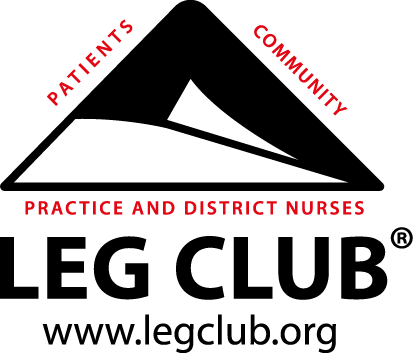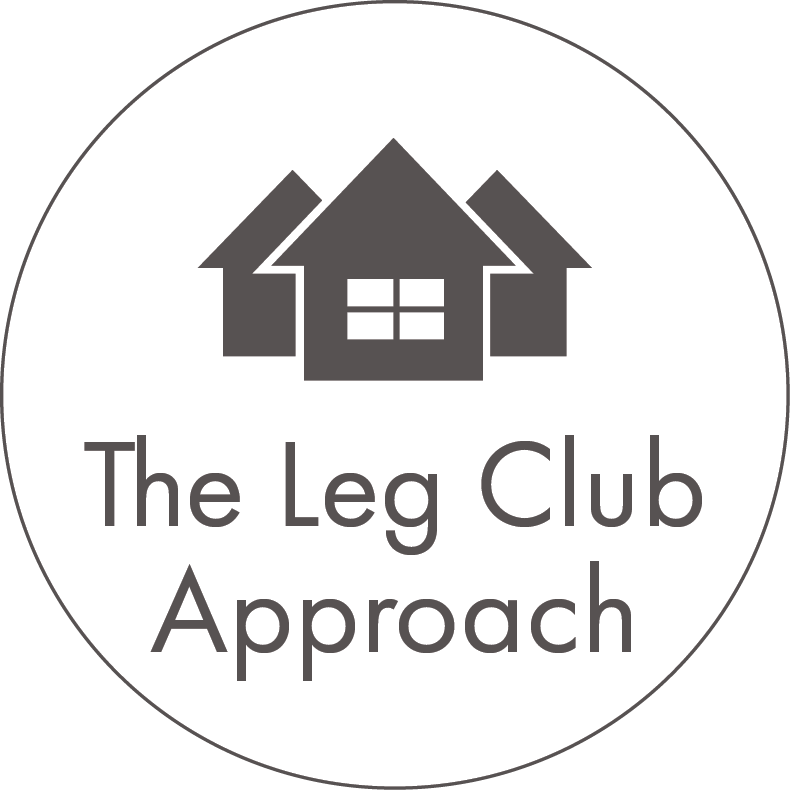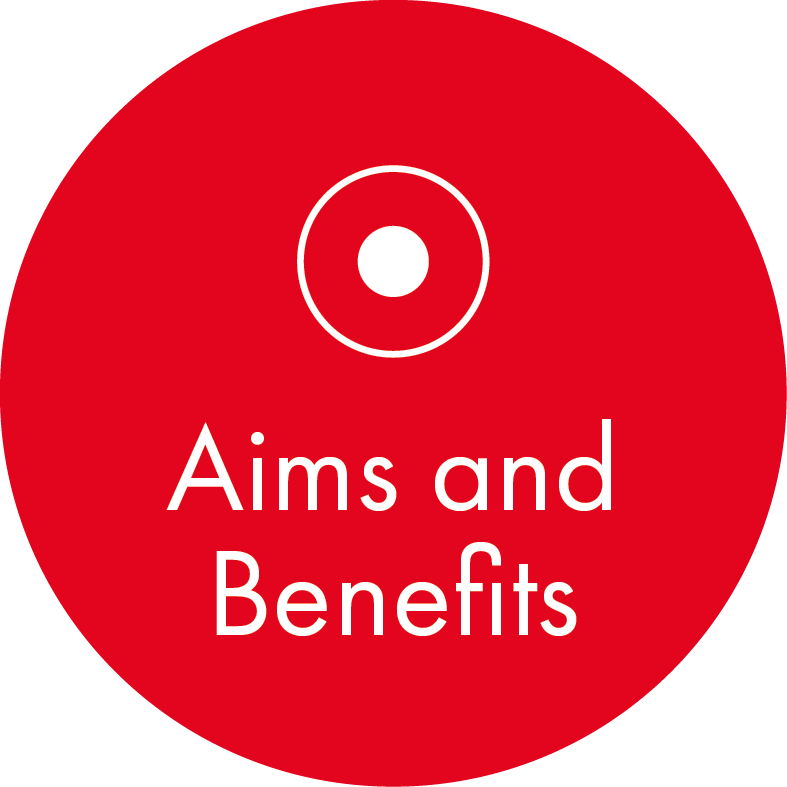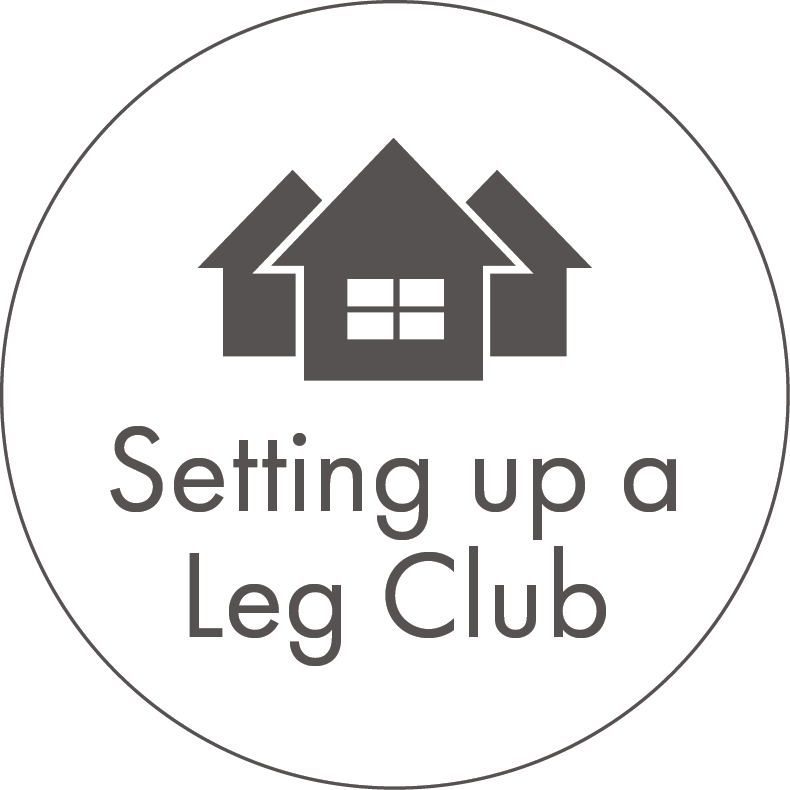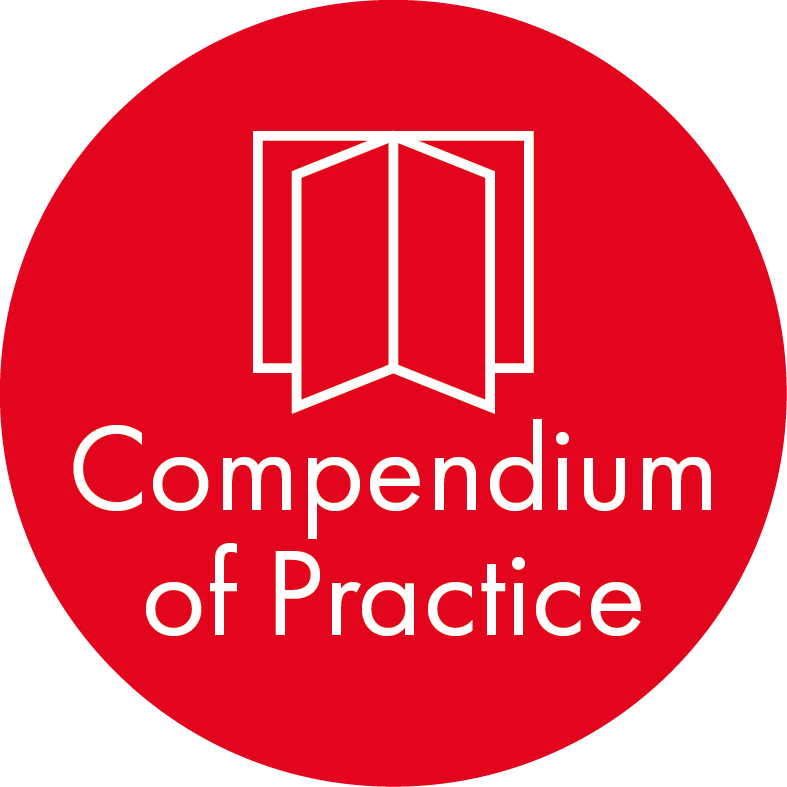Home visits by community nurses do not address the social and psychological needs of individuals requiring treatment and management of the loweer limb.
Following research into the particular problems faced by this client group, Ellie Lindsay set up Debenham Leg Club in 1995 to provide lower limb and leg ulcer management in a social, non-medical setting, where individuals are treated collectively and the emphasis is on social interaction, participation, empathy and peer support.
This social model was conceived as a unique partnership between the Practice and District nurses and local community, in which indiviuals ents are empowered, through a sense of ownership, to become stakeholders in their own treatment.
Clinics were held weekly in a community cottage, on an informal ‘drop in’ basis and patient contacts average 1,200 per annum, 40% for treatment, the balance for assessment, monitoring and advice.
